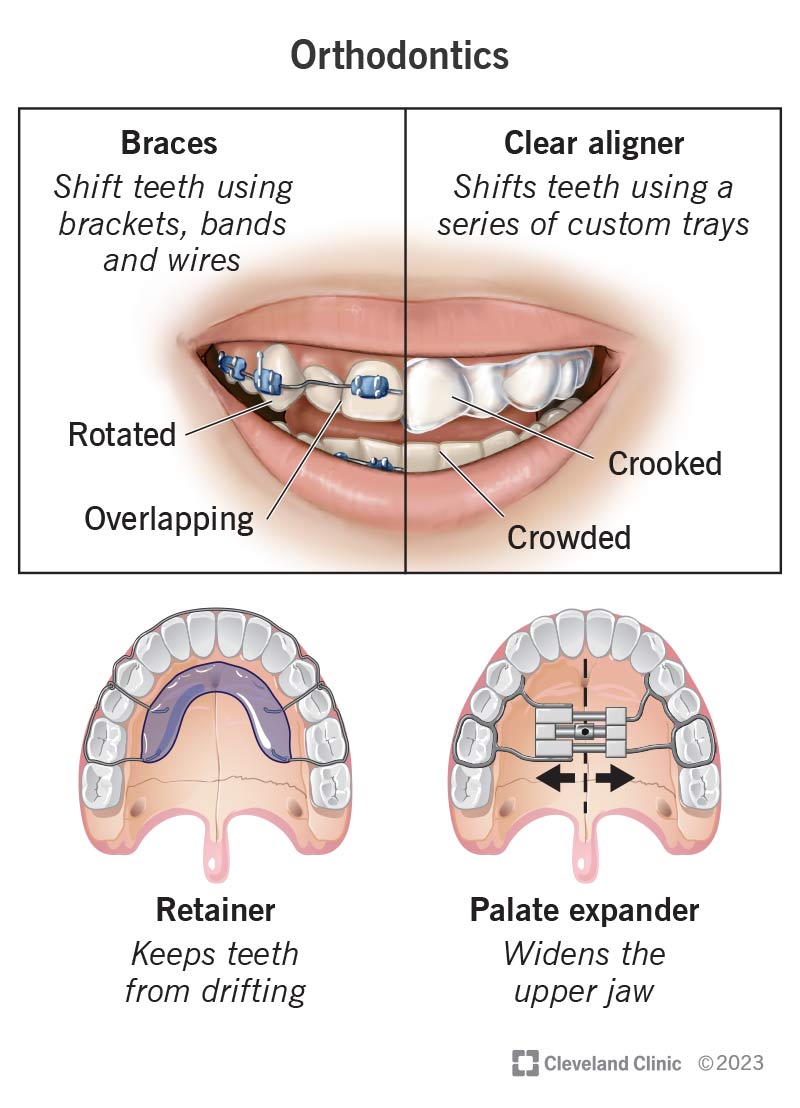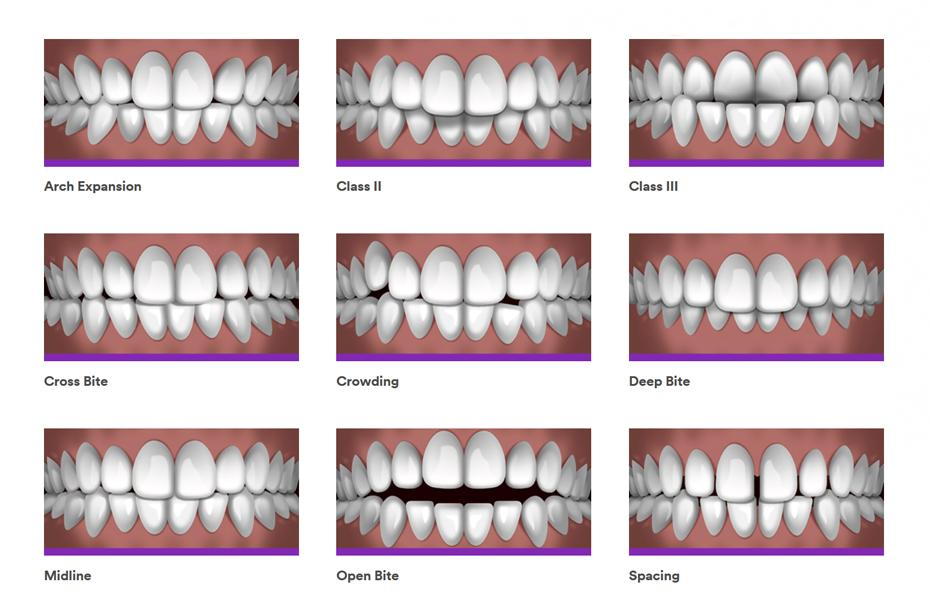Causey Orthodontics - An Overview
Causey Orthodontics - An Overview
Blog Article
Facts About Causey Orthodontics Revealed
Table of ContentsThe Single Strategy To Use For Causey OrthodonticsThe smart Trick of Causey Orthodontics That Nobody is DiscussingThe 7-Second Trick For Causey OrthodonticsThe Basic Principles Of Causey Orthodontics The Buzz on Causey Orthodontics
Disregarding occlusal partnerships, it was normal to eliminate teeth for a variety of oral problems, such as malalignment or overcrowding. The concept of an undamaged teeth was not widely valued in those days, making bite correlations appear unimportant. In the late 1800s, the idea of occlusion was essential for developing reputable prosthetic substitute teeth.As these ideas of prosthetic occlusion progressed, it came to be an indispensable device for dental care. It was in 1890 that the work and influence of Dr. Edwards H. Angle started to be really felt, with his payment to modern orthodontics especially significant. Concentrated on prosthodontics, he taught in Pennsylvania and Minnesota prior to guiding his focus towards dental occlusion and the treatments needed to keep it as a normal condition, therefore coming to be understood as the "papa of modern orthodontics".

The concept of suitable occlusion, as postulated by Angle and incorporated right into a category system, made it possible for a change towards treating malocclusion, which is any kind of discrepancy from normal occlusion. Having a full set of teeth on both arches was very demanded in orthodontic therapy due to the demand for precise partnerships in between them.
See This Report on Causey Orthodontics
As occlusion became the vital priority, face proportions and aesthetics were overlooked - orthodontist near me. To accomplish ideal occlusals without utilizing exterior pressures, Angle postulated that having best occlusion was the ideal way to acquire maximum face visual appeals. With the death of time, it came to be fairly apparent that even an extraordinary occlusion was not ideal when considered from an aesthetic point of sight
Charles Tweed in America and Raymond Begg in Australia (who both examined under Angle) re-introduced dental care removal into orthodontics during the 1940s and 1950s so they could improve face esthetics while also ensuring better stability concerning occlusal relationships. In the postwar period, cephalometric radiography started to be used by orthodontists for measuring changes in tooth and jaw position caused by development and therapy. It came to be noticeable that orthodontic treatment can change mandibular advancement, causing the development of practical jaw orthopedics in Europe and extraoral force steps in the US. Nowadays, both useful devices and extraoral gadgets are applied around the globe with the aim of changing growth patterns and forms. Seeking real, or at least boosted, jaw connections had come to be the primary objective of therapy by the mid-20th century.
Not known Facts About Causey Orthodontics
 The American Journal of Orthodontics was developed for this purpose in 1915; prior to it, there were no scientific purposes to follow, neither any kind of accurate category system and brackets that did not have features. Up until the mid-1970s, braces were made by covering metal around each tooth. With advancements in adhesives, it came to be possible to rather bond metal brackets to the teeth.
The American Journal of Orthodontics was developed for this purpose in 1915; prior to it, there were no scientific purposes to follow, neither any kind of accurate category system and brackets that did not have features. Up until the mid-1970s, braces were made by covering metal around each tooth. With advancements in adhesives, it came to be possible to rather bond metal brackets to the teeth.This has had meaningful effects on orthodontic treatments that are administered routinely, and these are: 1. Right interarchal connections 2. Right crown angulation (idea) 3.
The benefit of the style hinges on its bracket and archwire combination, which needs just very little cable bending from the orthodontist or medical professional (orthodontist expert). It's aptly named hereafter attribute: the angle of the slot and thickness of the bracket base ultimately determine where each tooth is positioned with little demand for additional manipulation
Getting My Causey Orthodontics To Work
Both of these systems employed identical braces for each and every tooth and required the flexing of an archwire in 3 aircrafts for finding teeth in their desired settings, with these bends determining supreme positionings. When it concerns orthodontic devices, they are divided right into 2 types: detachable and repaired. Detachable appliances can be handled and off by the patient as needed.

Therefore, mostly all modern set appliances can be considered variants on this edgewise home appliance system. Early 20th-century orthodontist Edward Angle made a significant payment to the world of dental care. He produced four distinctive home appliance systems that have been made use of as the basis for lots of orthodontic treatments today, preventing a couple of exceptions.
The Basic Principles Of Causey Orthodontics

The cord ended in a thread, and to relocate ahead, an adjustable nut was made use of, which permitted for a boost in circumference. By ligation, each specific tooth was connected to this extensive archwire (orthodontist expert). Because of its limited series of movement, Angle was incapable to accomplish accurate tooth placing with an E-arch
These tubes held a firm pin, which might be repositioned at each appointment in order to move them in position. Referred to as the "bone-growing home appliance", this device was theorized to motivate healthier bone development because of its possibility for transferring pressure directly to the origins. However, applying it showed problematic actually.
Report this page